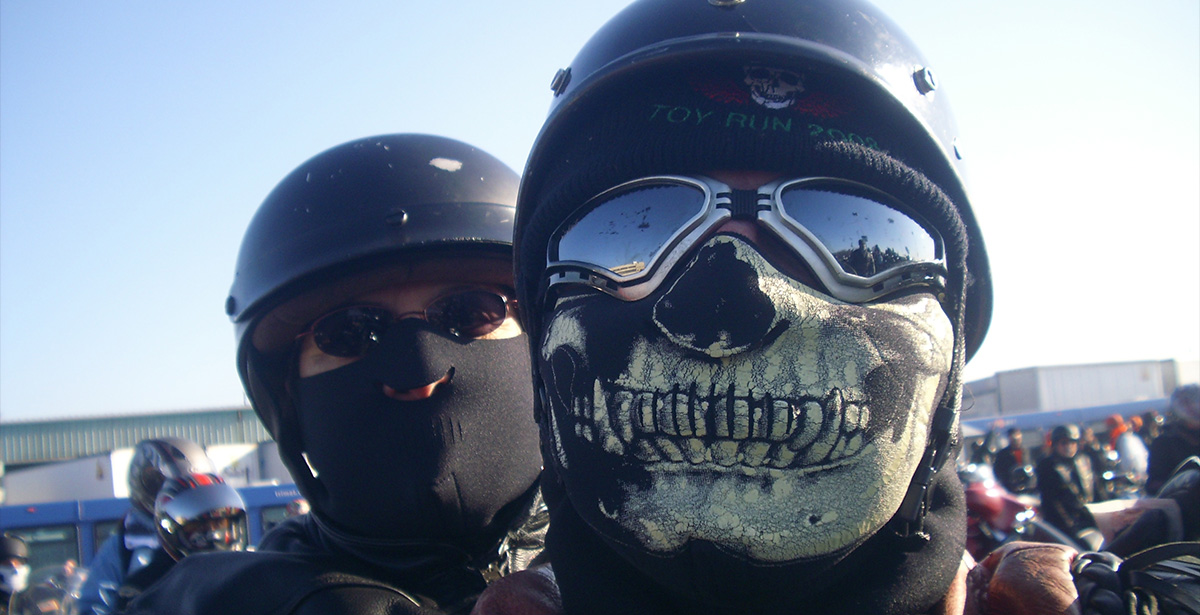It’s that time of year when the air gets crisp and in some states it may even be downright cold. But you still want to ride.
Here are a few tips to keep you going during the fall riding season and, if you’re up to it, into winter.
One of the keys for an enjoyable ride is to preserve body heat. One way to do that is to dress in layers. What keeps you warm isn’t just the material in the clothes you wear but also the air trapped inside. A few lighter layers are better than one heavy one for fall riding. Plus, you can fine-tune your comfort level by adding or subtracting a layer in variable temperatures.
The stuff you wear right next to your skin is called a base layer. Cotton provides warmth but if you sweat it’ll stay damp and you’ll get chilled. Synthetics like polyester wick away perspiration to give you more consistent warmth, and they adapt better when the temperature goes up.
Next you need a light insulating layer that fits comfortably inside your riding jacket. Many riders use Polar Fleece, which is a thicker fleece and works great.
Plus, lots of riding jackets offer liners you can zip in when the weather gets chilly. Some are just thermal vests, which can leave your arms unprotected from the cold, while others have an entire inner jacket for maximum warmth. Remember, though, that this is likely to be the layer you’ll want to shed first when the sun gets high in the sky. So plan space to carry it on the bike.
Something else to consider is that you may need several pairs of gloves for an autumn ride: heavy gloves, lighter gloves, glove liners and rain gloves. There’s good reason to take this element seriously: Your hands are the most important interface between you and your bike. When they get cold, your ability to operate your bike safely is compromised.
A balaclava, which is a thin head-and-face covering that allows only your eyes to show, will help keep you warm. So will a full-face helmet.
Another way to beat the cold is to add heat. Electric clothing will help keep you feeling toasty and most electric garments offer some level of insulation when they’re turned off, too, meaning they’re perfect for variable fall weather. You can choose from electric jackets, liners, pants, chaps and socks. If your alternator is up to the challenge of powering them, those pieces can generate enough heat for extended forays in sub-freezing temperatures.
Heated gloves, hand grips and even a heated seat also help.






